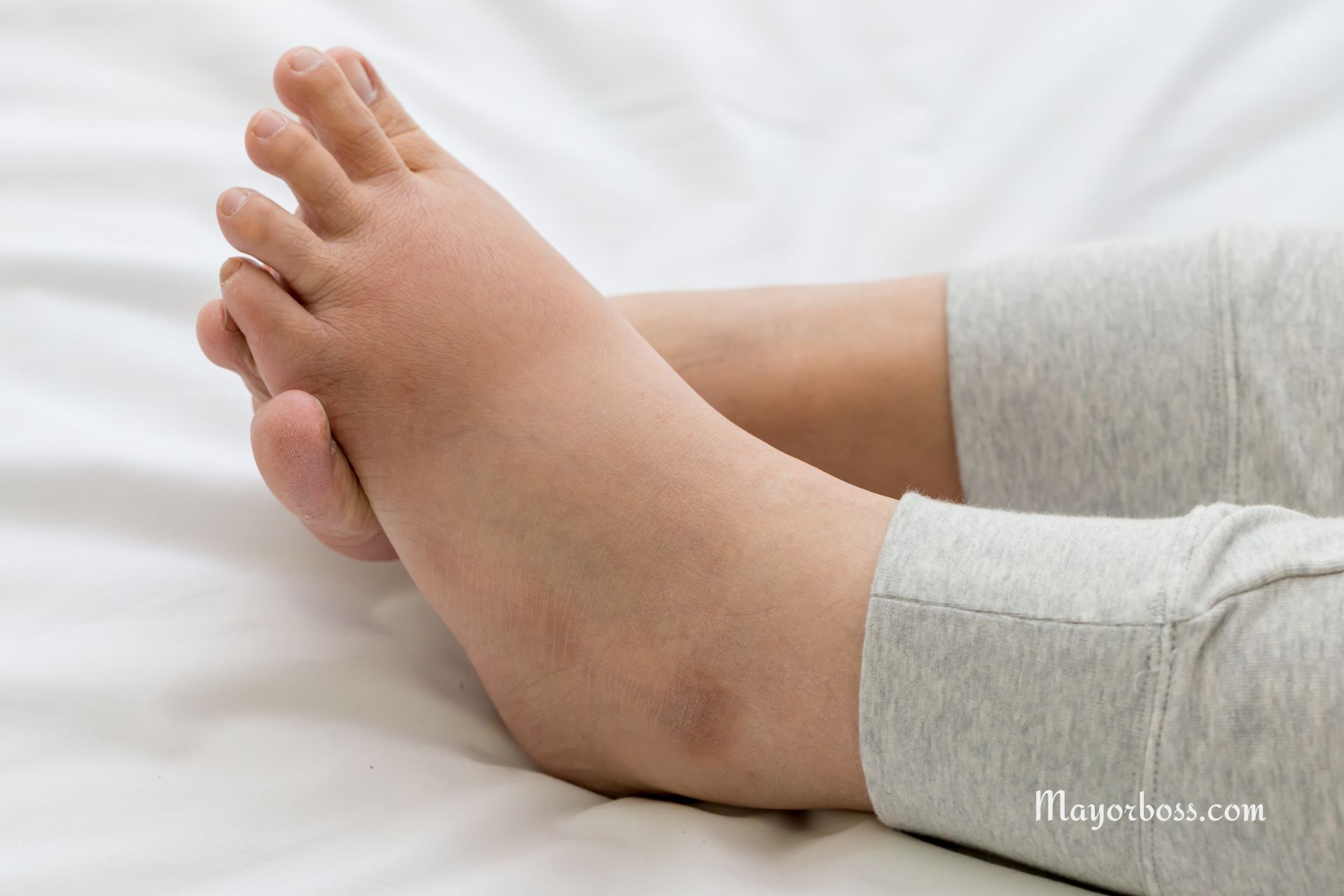5 Signs You Are Consuming Too Much Salt
Salt, also known as sodium, is an important part of our diet, but consuming too much can harm your health. It can cause dehydration, swelling, headaches, high blood pressure, and stomach problems. If you notice these signs, it may be time to cut back on salt and make healthier choices.

You Feel Thirsty All the Time
Eating too much salt can make you really thirsty. This happens because salt pulls water out of your cells, making your body feel dehydrated. You might drink more water than usual but still feel like you need more. If this keeps happening, it could mean you are eating too much salt.
Your Hands, Feet, or Face Look Puffy
Consuming much salt makes your body hold onto water, which can cause swelling, especially in your hands, feet, or face. This is called water retention. You might notice your fingers feel tight, your shoes don’t fit right, or your face looks puffier than normal. The swelling might be worse in the morning or after eating salty foods.
You Get Headaches More Often
A diet high in salt can lead to headaches. This happens because too much salt can raise your blood pressure and cause dehydration. When your blood pressure goes up, it puts more pressure on your brain, which can lead to headaches. Some people also feel dizzy or like there is extra pressure in their head.
Your Blood Pressure Is High
One of the biggest problems with eating too much salt is high blood pressure. Salt makes your body hold onto extra water, which increases the amount of blood in your body. This puts more pressure on your blood vessels, which can lead to heart disease and strokes. Over time, high blood pressure can damage your heart, kidneys, and eyes.
Your Stomach Feels Uncomfortable
Consuming much salt can upset your stomach. It can make you feel bloated or cause stomach pain. Some people even get acid reflux or feel like their stomach is irritated after eating salty foods. Too much salt can also change the balance of bacteria in your gut, which can lead to digestive issues.
The Bottom Line
If you have these signs, it might be time to cut back on salt. Try eating fewer processed and packaged foods, using fresh ingredients, and seasoning your food with herbs instead of salt. Cooking at home and reading food labels can help you keep track of how much salt you eat. Drinking plenty of water and eating potassium-rich foods like bananas and spinach can also help balance your sodium levels. If you still have symptoms, talk to a doctor to see if you need to make more changes.
